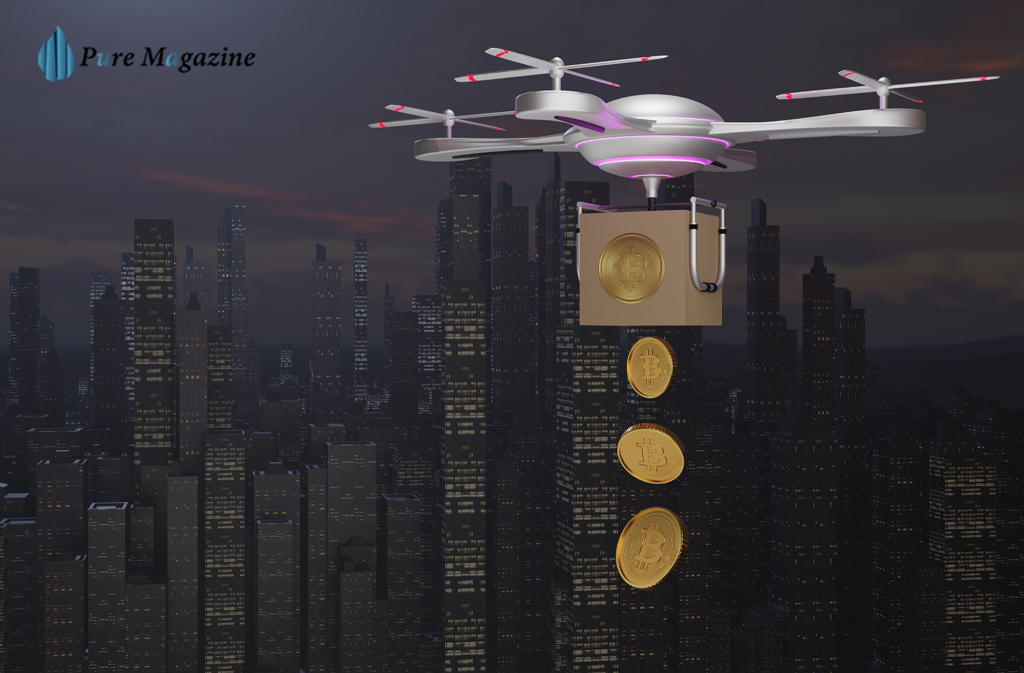The ftasiaeconomy tech trend has become one of the most exciting topics in today’s fast-moving digital world. Every year, new technologies shape the way we live, work, and connect with others. From artificial intelligence to blockchain, from fintech to e-commerce, Asia is at the center of this digital revolution. Because of this rapid growth, both individuals and businesses want to understand how they can benefit from these innovations.
In this article, we will explore what makes the ftasiaeconomy tech trend so important. We will also look at the industries it is transforming, the opportunities it offers, and the challenges it may bring in the future. By the end, you will have a clear idea of why this trend matters and how it could influence your daily life.
Understanding the ftasiaeconomy tech trend
The ftasiaeconomy tech trend reflects the powerful role Asia plays in today’s global economy. Countries like China, India, Singapore, South Korea, and Japan are leading in areas such as artificial intelligence, green technology, and digital finance. Moreover, startups across Asia are developing solutions that solve real-world problems faster than ever before.
This trend is not only about innovation but also about accessibility. Technology is becoming cheaper and easier to use, meaning that more people can benefit from it. For example, mobile banking in Asia has given millions of people access to financial services for the first time. Therefore, the ftasiaeconomy is also about inclusivity and opportunity.
How AI and automation fuel the tech trend
Artificial intelligence and automation are major drivers of the ftasiaeconomy tech trend. AI tools now power chatbots, digital assistants, medical imaging, and even predictive farming solutions. These innovations make businesses more efficient while also improving customer experiences.
Furthermore, automation is changing industries like manufacturing, logistics, and healthcare. For instance, robots in factories reduce costs while also improving product quality. As a result, companies can expand faster and remain competitive in a crowded marketplace. The combination of AI and automation shows how technology can boost productivity and open new economic doors.
The role of fintech in the tech trend
Fintech plays a huge role in the ftasiaeconomy tech trend. Digital wallets, contactless payments, and blockchain platforms have completely changed how people handle money. In Asia, super apps like Grab and Paytm have made it simple for users to pay bills, book rides, and shop online with a few clicks.
Additionally, fintech startups are bridging the gap for those who were previously excluded from traditional banking systems. This inclusion allows small businesses and individuals to access credit, invest, and grow financially. Hence, the fintech sector is one of the strongest examples of how the ftasiaeconomy tech trend is reshaping daily life.
Green technology and sustainability
The ftasiaeconomy tech trend is not only about digital growth but also about sustainability. Many Asian companies are adopting clean energy, eco-friendly packaging, and smart city solutions to fight climate change. With governments pushing for renewable energy, tech firms are investing in solar, wind, and electric mobility solutions.
At the same time, consumers are becoming more eco-conscious. They want products and services that do not harm the environment. This demand pushes companies to innovate responsibly, proving that the ftasiaeconomy tech trend is also about protecting the planet for future generations.
Opportunities for startups in the ftasiaeconomy tech trend
Startups are central to the ftasiaeconomy tech trend. Because of strong digital ecosystems and growing investor interest, small companies now have a chance to disrupt big industries. For example, health-tech startups in Asia are building apps that connect patients with doctors remotely. Similarly, e-commerce startups are giving small sellers access to global markets.
Furthermore, international investors see Asia as a hub of innovation. They are funding projects in AI, biotech, fintech, and renewable energy. This creates a positive cycle where startups grow faster, creating jobs and boosting the economy. Thus, the ftasiaeconomy tech trend creates room for endless opportunities.
Challenges within the ftasiaeconomy tech trend
Although the ftasiaeconomy tech trend offers many benefits, it also comes with challenges. Cybersecurity threats, digital privacy, and unequal access remain major concerns. As more services move online, users need to protect their data carefully.
Another challenge is job displacement due to automation. While technology creates new roles, it may also reduce the demand for some traditional jobs. Therefore, governments and businesses must invest in upskilling workers so they can adapt to new demands. These challenges show that the ftasiaeconomy tech trend needs careful planning and regulation.
The future of the ftasiaeconomy tech trend
The ftasiaeconomy tech trend is expected to grow even faster in the coming years. Technologies like quantum computing, advanced AI, and next-generation internet will soon change how people live and work. Moreover, with Asia leading the charge, global companies will continue looking toward this region for inspiration.
At the same time, collaboration between governments, businesses, and communities will be key. By working together, they can ensure technology remains inclusive, sustainable, and safe. This way, the ftasiaeconomy tech trend will continue to be a positive force in shaping the future.
Conclusion
In conclusion, the ftasiaeconomy tech trend is more than just a buzzword—it is a movement reshaping the economy, lifestyle, and opportunities across Asia and beyond. From artificial intelligence to green energy, from fintech to startups, this trend touches every part of our lives. Although challenges exist, the potential benefits are massive.
If you want to stay ahead in today’s world, following the tech trend is essential. Whether you are a business leader, an investor, or just a curious learner, understanding these changes will help you prepare for the future.

Frequently Asked Questions (FAQs)
Q1. What does the term “tech trend” mean?
A tech trend refers to the latest innovations and technologies that are shaping industries and influencing the way people live, work, and interact with digital tools.
Q2. Why is Asia important in global technology growth?
Asia plays a major role because it has strong startup ecosystems, large consumer markets, and governments that support digital development. Countries like China, India, and Singapore are driving major innovations.
Q3. How is artificial intelligence changing everyday life?
Artificial intelligence is used in chatbots, healthcare tools, financial apps, and even farming. It helps businesses operate more efficiently while making services easier for people to access.
Q4. What role does fintech play in modern economies?
Fintech provides digital solutions for banking, payments, and investments. It allows people without traditional bank accounts to access financial services, making economies more inclusive.
Q5. Are there risks to rapid technology growth?
Yes. Risks include cybersecurity threats, privacy issues, and job losses caused by automation. These challenges require strong regulations and worker training to ensure long-term benefits.
Visit our website: Pure Magazine


